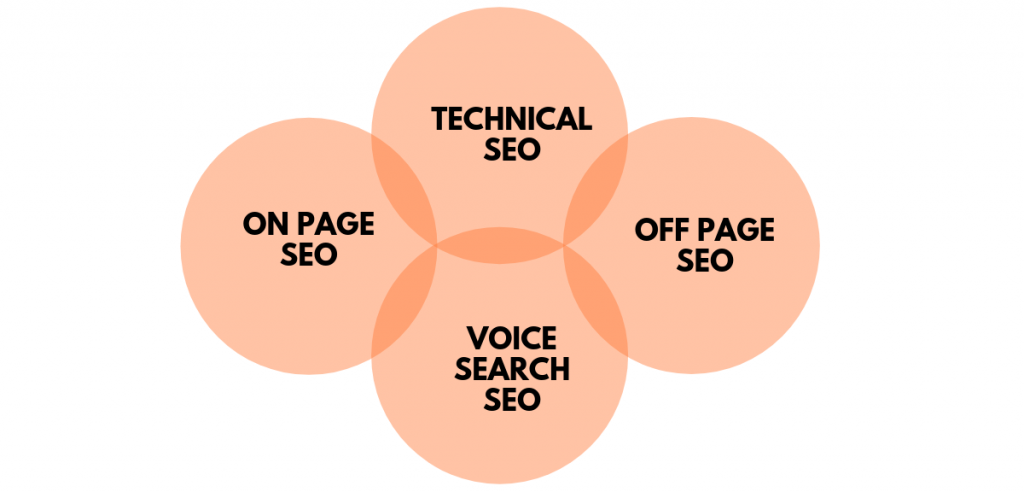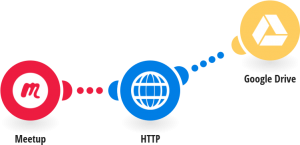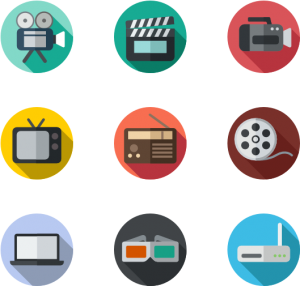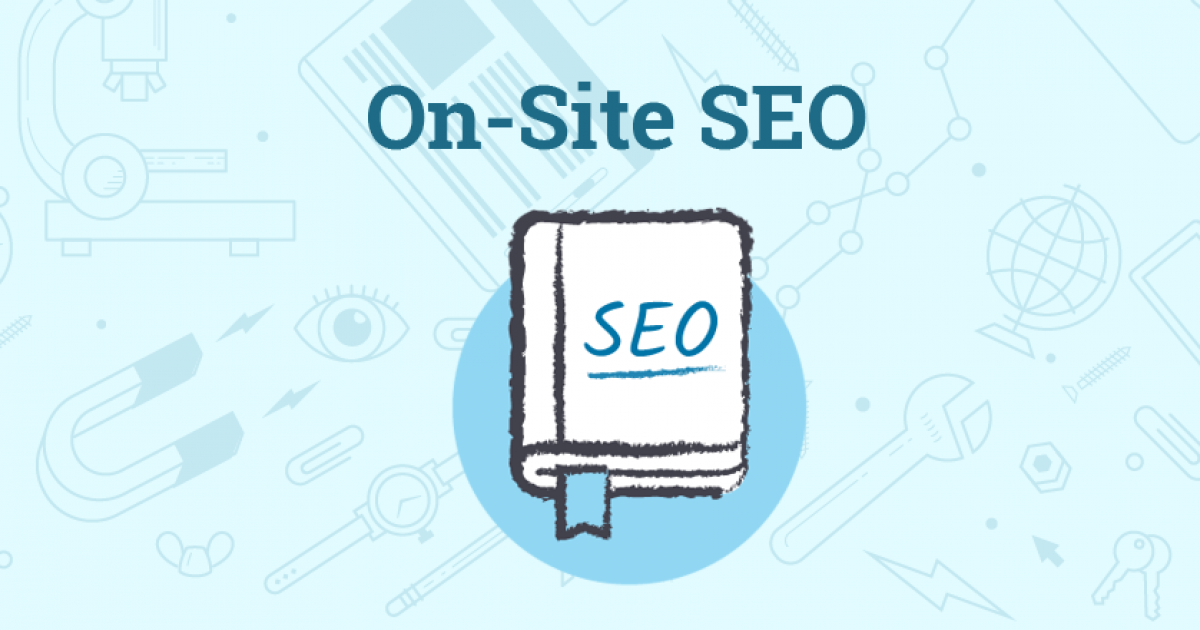Using On-Site SEO – The Anatomy of a Perfectly Optimized Page
Whenever one looks for information on on-site SEO, the terms Meta tags, keywords, and links always come into play.
But what are they really about? This article aims to show readers how a perfectly optimized webpage actually looks like.
If you are looking for sound strategies that actually work, then you will definitely love this article.
If you are planning to make use of an on-site SEO technique, here are the 10 things you have to consider:
1. Check your Permalink URL
 Make sure that your URL is short but sweet. You don’t have to use long URLs like madlinks.com/omg-this-is-the-best-webpage-ever. According to most search engines, the first 3 words of your URL are the most important. So, make sure that those 3 words are keyword rich because they are given the most amount of weight.
Make sure that your URL is short but sweet. You don’t have to use long URLs like madlinks.com/omg-this-is-the-best-webpage-ever. According to most search engines, the first 3 words of your URL are the most important. So, make sure that those 3 words are keyword rich because they are given the most amount of weight.
2. Title Must be Keyword Rich
According to studies, websites that actually have the keyword on their titles are most often ranked higher than websites that don’t have keywords. Also, it is important to actually start the title with the keyword because websites that do so rank higher than websites that have the keyword in other parts of the title.
3. Use Multimedia
Content is important but it is also vital for a website to actually engage its visitors with various multimedia platforms like images, diagrams, and videos. Adding multimedia on a site supposedly increases the time a visitor spends on a site and reduces the bounce rate.
4. Link Out
It is important to link your site to other sites that already have a good amount of reputation, often called authority sites. A good example of authority sites you can link your website out to include educational websites like Harvard.edu or even Wikipedia.
5. First Keyword Placement
 In order to show that your content is related to the keyword, make sure to place your keyword in the first 100 words of your article. The most common mistake of writers involves making a long introduction before using the keyword. This mistake should be avoided in order for search engines to properly rank your webpages.
In order to show that your content is related to the keyword, make sure to place your keyword in the first 100 words of your article. The most common mistake of writers involves making a long introduction before using the keyword. This mistake should be avoided in order for search engines to properly rank your webpages.
6. Use H1 Tag
H1 tag, or the headline tag, should be used in posting the title. Their platforms automatically use the H1 tag for title posting but there are also other platforms that neglect to do this. So, if you want an optimized on-site SEO, make sure to check the code of your site and make full use of the H1 tag.
7. Decrease Loading Speed
 Google now records website loading speed and uses it in search result rankings. So, it is important to reduce loading speed in order to get the top rank. You can decrease loading speed by compressing your multimedia files or by switching to a faster host. Make sure that your page can load within 4 seconds because visitors are not willing to wait longer than that.
Google now records website loading speed and uses it in search result rankings. So, it is important to reduce loading speed in order to get the top rank. You can decrease loading speed by compressing your multimedia files or by switching to a faster host. Make sure that your page can load within 4 seconds because visitors are not willing to wait longer than that.
8. Modify Your Title
When using on-site SEO, it would be a good idea to add unique modifiers to your title in order for it to stand out. Using words like “2015” (to state the current year or any year you want to focus on), “best” and “guide” will help users know what your site is really about.
9. Use Social Media
It would also be a good idea to put in Social media buttons on your site. According to studies, adding a particular social media button can actually increase the web site’s traffic by 700%. This option can provide website owners with a direct and indirect boost in visitors.
10. Long Content
If you want visitors to stay in your site for a long period of time, post long content. Make sure to use keyword-rich content in your site not less than 1500 words.

